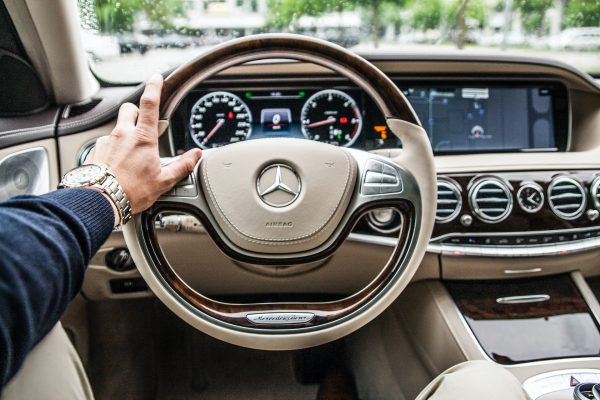
A lien on a car is a legal claim that a lender or government entity has on the vehicle. Liens are common when financing a car, and they can also be placed on a car if the owner fails to pay taxes or parking tickets. This means that the owner of the vehicle is not the only one with a say in what happens to it – the lienholder also has a stake in the car.
If you find yourself in a situation where you need to get rid of a car with a lien, you may be feeling overwhelmed and stressed. The process is nothing short of complicated, and it can be difficult to know where to start or what to do. But don’t worry, we’re here to help! In this guide, we’ll walk you through the process step-by-step so that you can get your car off your hands as quickly and easily as possible.
Get in Touch With the Lienholder
The first step in getting rid of a car with a lien is to contact the lienholder and let them know that you want to sell the car. The lienholder will then need to provide you with a release of the lien, which is a document that states that they no longer have any legal claim to the vehicle. Without this document, you will not be able to sell the car.
Depending on who the lienholder is, they may charge a fee for the release of the lien. And, in the case of a government lien, there may be a waiting period before the lien is released. While it might be tempting to just sell the car without getting a release from the lien holder, this is a very bad idea. If you do so, you could be held liable for any money that is still owed on the car, and you may even face criminal charges. So, make sure that you get the release of the lien before moving on to the next step.
Find a Buyer for the Car
Once you have the signed release of the lien, you can then start looking for a buyer for the car. If you’re lucky, you may know someone interested in buying the car outright. But, if not, you’ll need to take some time to advertise the sale of the car and find a buyer that is willing to pay the amount that you’re asking for. When selling the car, it’s important to be upfront about the fact that there is a lien on the vehicle. This will usually lower the value of the vehicle, but it’s still better, to be honest than to try to hide the lien and hope that the buyer doesn’t find out. Keep in mind that it may take some time to find a buyer, so be patient and don’t accept the first offer that comes your way.
Pay Off the Lien
Once you’ve found a buyer and agreed on a price, the next step is to pay off the lien. The payment will need to be made in full, and it will usually need to be done in the form of a cashier’s check or money order. Once the payment has been made, you will then need to provide the buyer with the release of the lien, as well as the title to the car. At this point, the car officially belongs to the new owner, and you are free from any legal obligations that come with owning the car.
What To Do If You Can’t Pay Off the Lien
In some cases, you may not have enough money to pay off the lien in full. If this is the case, you may be able to negotiate with the lienholder for a partial release of the lien. This means that the lienholder agrees to accept less than the full amount that is owed on the car. Once you have a partial release of the lien, you can then sell the car and use the money from the sale to pay off the remainder of the debt. This option is not available in all cases, but it’s worth considering if you’re struggling to come up with the full amount of money needed to pay off the lien.
Voluntarily Surrender the Car
If you can’t find a buyer for the car or you’re unable to pay off the lien, your last option is to voluntarily surrender the car to the lienholder. This means that you give up ownership of the car and allow the lienholder to sell it to recoup their losses. To do this, you will need to sign over the title of the car to the lienholder and provide them with a signed statement that says that you are voluntarily surrendering the vehicle. Once this is done, the lienholder will then be responsible for selling the car and using the money to pay off the debt.
Voluntarily surrendering the car is not a desirable option, but it may be your only choice if you’re unable to sell the car or pay off the lien. Keep in mind that this will likely damage your credit score and make it difficult to get another car loan in the future. But, if you’re in a situation where you can’t afford to keep up with the payments on the car, it’s often better to voluntarily surrender the vehicle than to let it go into repossession.

Even though getting rid of a car with a lien can be a challenge, it’s important to remember that you have options. If you take the time to understand the process and explore all of your choices, you should be able to find a solution that works for you. With a little bit of effort, you can get rid of the car and move on with your life.
